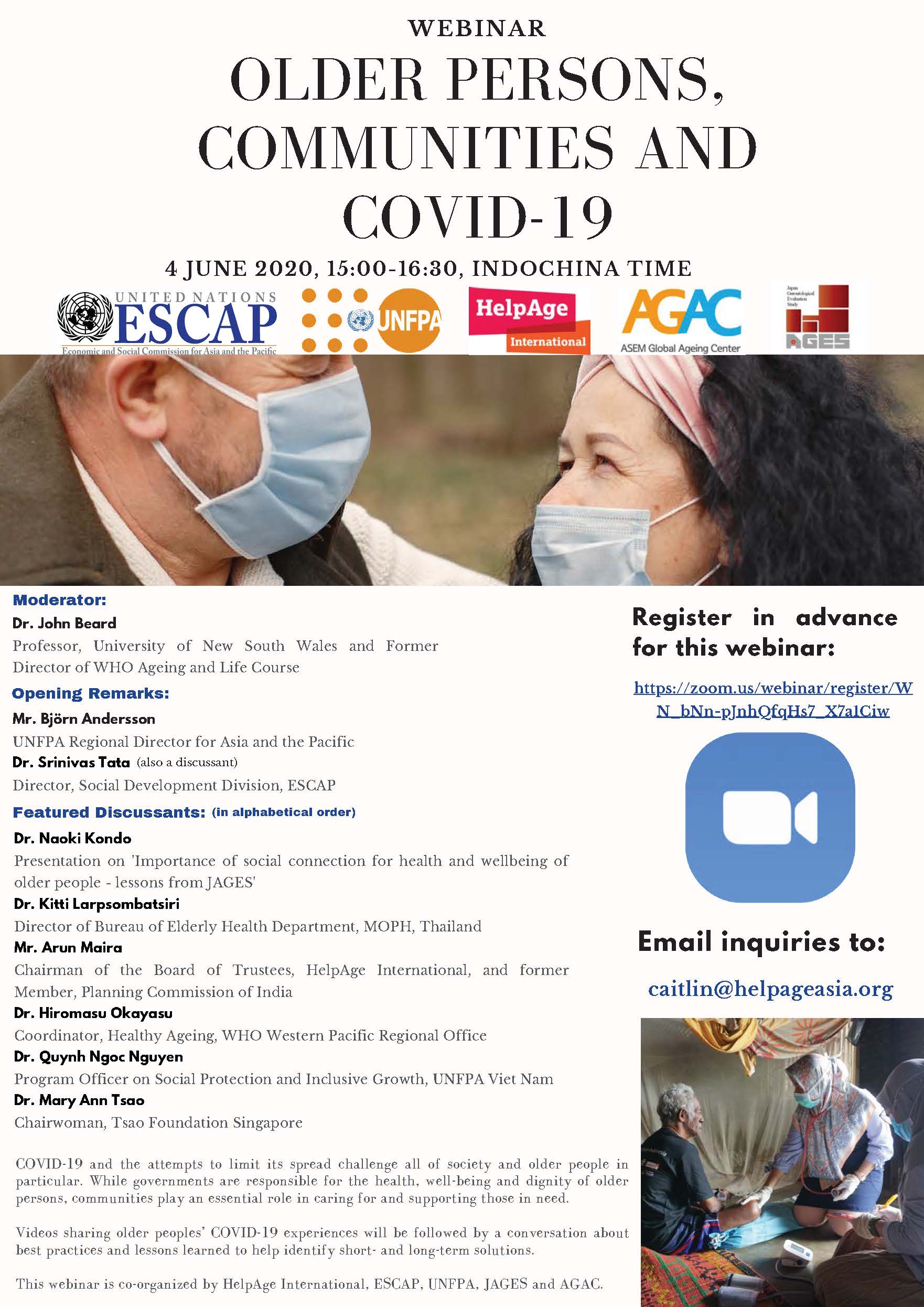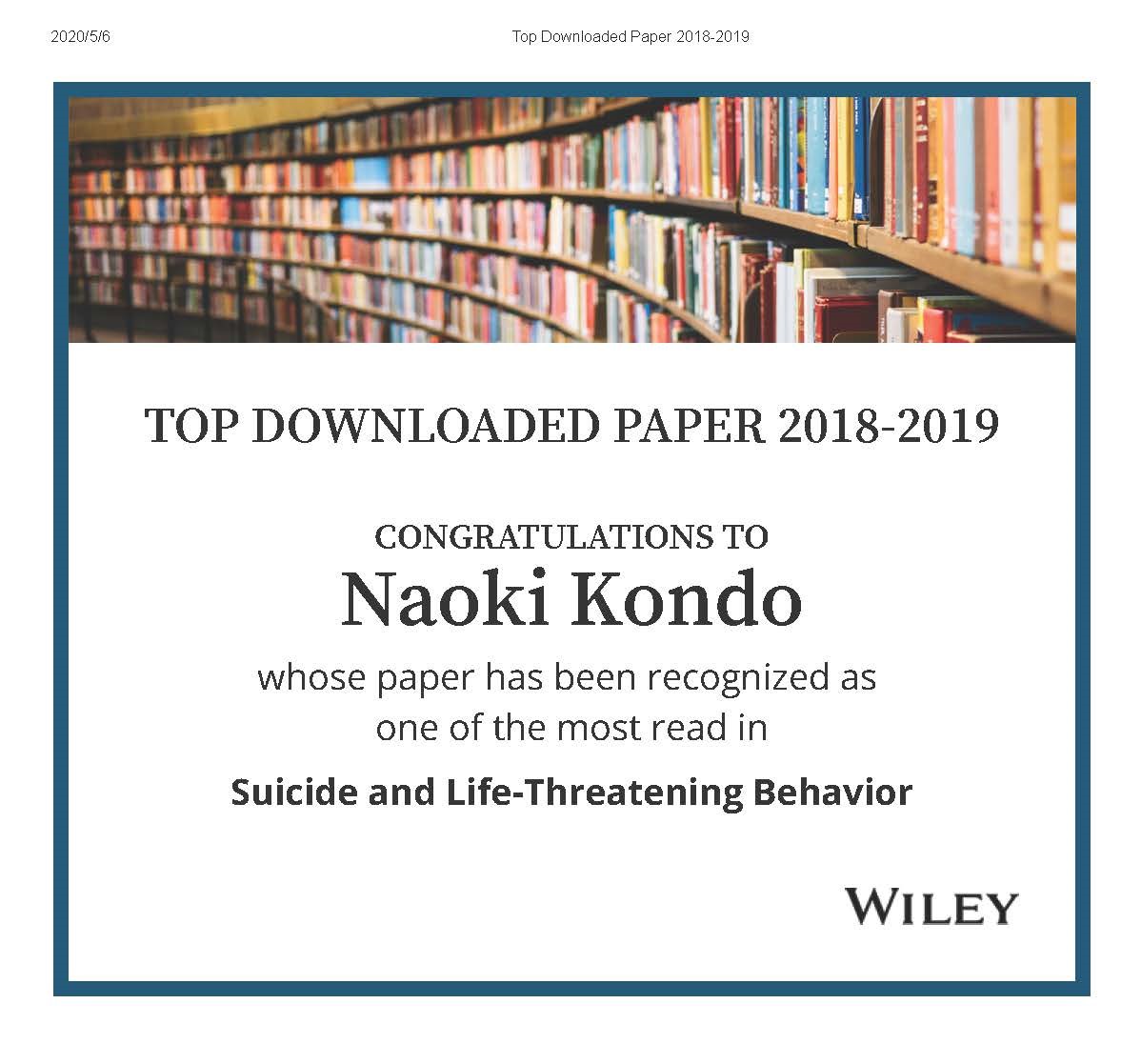We published a paper from American Journal of Hospice and Palliative Medicine.
Moriki Y, Haseda M, Kondo N, Ojima T, Kondo K, Fukui S. Factors Associated With Discussions Regarding Place of Death Preferences Among Older Japanese: A JAGES Cross-Sectional Study. Am J Hosp Palliat Care. 2021 Jan;38(1):54-61. doi: 10.1177/1049909120954813. Epub 2020 Sep 14. PMID: 32924525.
Abstract
In Japan, many adults prefer to die at home; however, few have their preferences actually come true. While discussions regarding place of death preferences (DPDPs) are important for older adults, they are poorly documented. Therefore, we investigated the factors associated with older Japanese men and women having DPDPs. We used cross-sectional survey data collected for the Japan Gerontological Evaluation Study (JAGES). We applied multivariable logistic regression analysis to calculate the odds ratio (ORs) of having DPDPs separately between men (n = 2,770) and women (n = 3,038) aged ≥ 75 years. We considered 17 potential factors associated with having DPDPs, which were classified as either demographic, healthcare, family, or community factors. Among participants, 50.1% had DPDPs: 1,288 men (44.3%) and 1,619 women (55.7%). Older adults, DPDPs were associated with 5 additional factors; e.g. having a primary care physician (ORs = 1.47 [men] and 1.45 [women]), as were those who gave family and friends advice (ORs = 1.26 [men] and 1.62 [women]), and having people who listened to their concerns (ORs = 1.70 [men] and 1.81 [women]). Among men, DPDPs were associated with 3 additional factors; e.g. humorous conversations with their spouse (OR = 1.60). Among women, only one factor-reading newspapers (OR = 1.43) was associated with having DPDPs. Social networks with primary care physicians, family members, and friends may be important factors in promoting DPDPs. These gender-based differences in older adults relating to DPDPs should be considered when developing interventions to promote advance care planning that includes DPDPs.
Keywords: Japanese older adults; cross-sectional study; end-of-life care; end-of-life discussions; gender difference; preferences for place of death.

